Forget crowded zoos and expensive flights to Africa—America has incredible wildlife adventures right from the comfort of your car. Drive-thru safaris let you observe majestic animals in expansive, semi-natural enclosures while keeping you at a safe distance that is comfortable for both tourists and animals alike.
These controlled parks provide educational outings that unite families with nature, sometimes funding conservation efforts that rescue endangered animals worldwide. The following are 20 drive-thru wildlife safaris that bring the wild world to your windshield across the United States.
African Safari Wildlife Park – Ohio
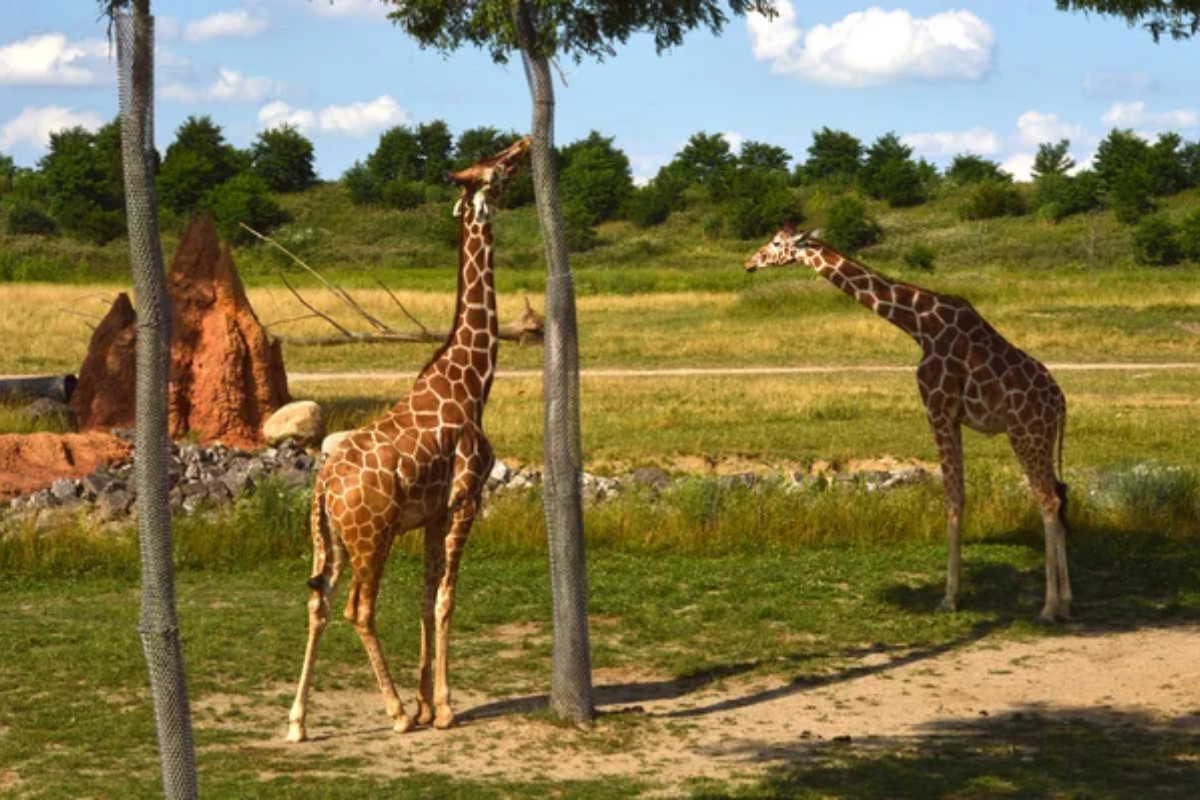
Located in Port Clinton, this 100-acre wildlife park is home to over 400 animals from six continents. Through various habitats, tourists drive through zebras, giraffes, and bison walking freely amidst rolling hills that closely resemble their native environments.
Conservation through breeding programs of endangered animals like Przewalski’s horses means your trip contributes to global wildlife conservation.
Fossil Rim Wildlife Center – Texas
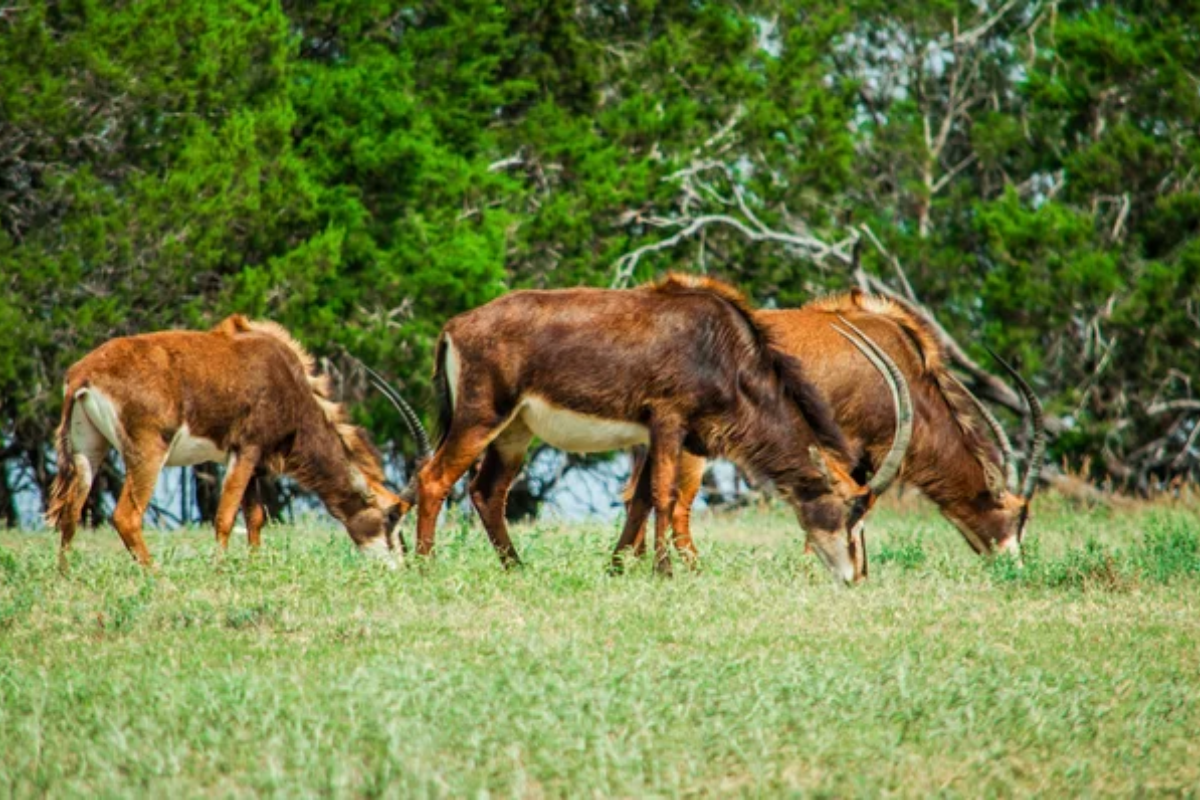
This 1,800-acre Glen Rose reserve is committed to the preservation of African wildlife and provides an authentic safari experience in the Texas Hill Country. White rhinos, cheetahs, and various other antelope species graze in the acreage that closely simulates the African savanna.
The park is a nonprofit organization, and every visit goes towards important research and captive breeding programs for endangered animals.
Like Travel Pug’s content? Follow us on MSN.
Northwest Trek Wildlife Park – Washington
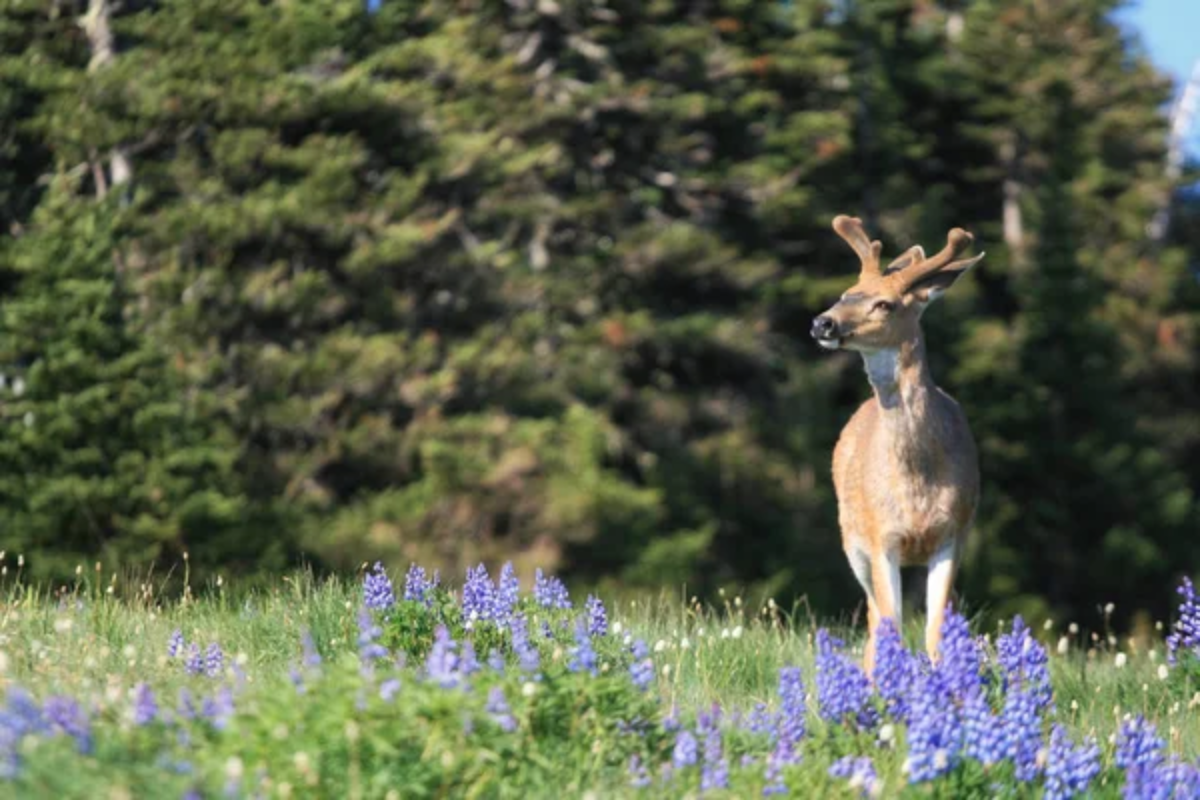
Pierce County’s 723-acre park offers a Pacific Northwest safari experience with native North American animals. The tram tour allows guests to be exposed to free-roaming habitats where elk, bison, and mountain goats graze across old-growth forests and natural meadows.
The local focus of the park’s species provides educational experiences about local ecosystems while supporting habitat restoration efforts throughout the region.
Safari West – California
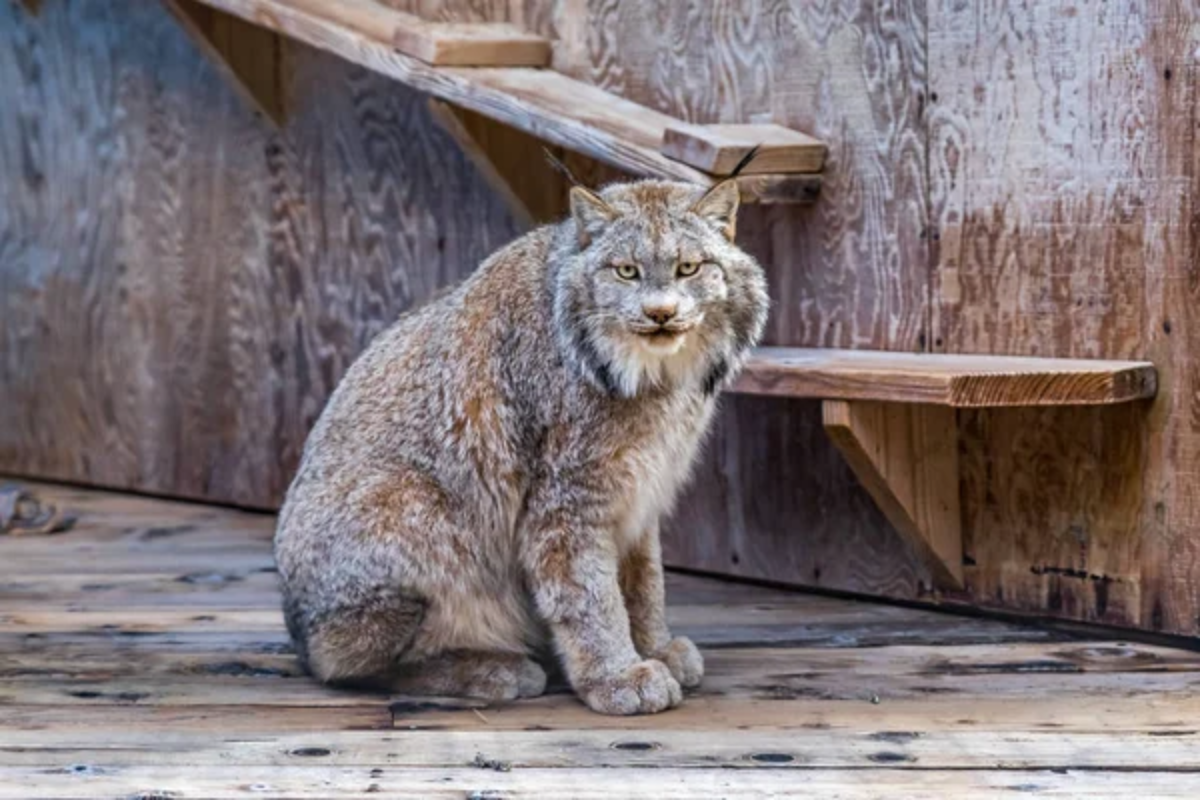
Sonoma County’s Safari West spans 400 acres of rolling hills that are home to more than 1,000 African animals, which roam in their natural herds. Tourists ride through enclosures that house everything from small gazelles to giant Cape buffalo amidst wine country scenery.
The preserve is both a wildlife refuge and a research station, advancing conservation efforts on multiple continents.
Lion Country Safari – Florida
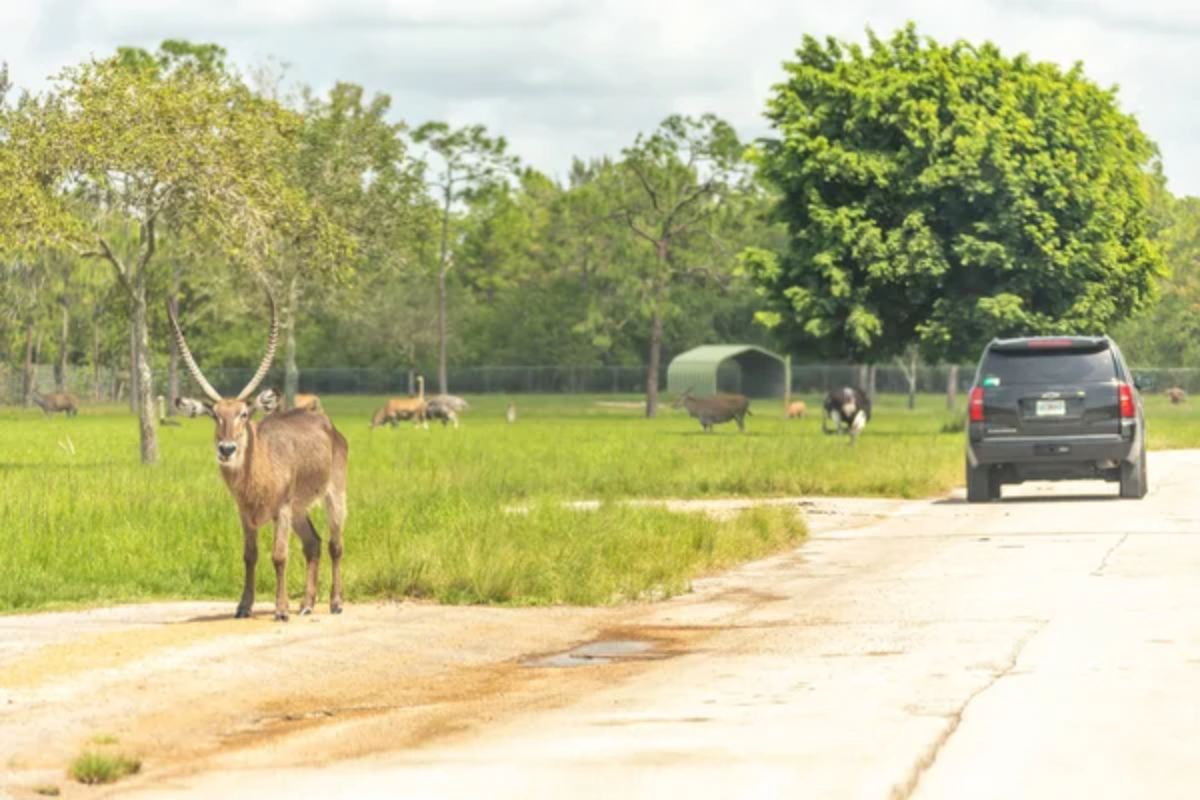
This West Palm Beach attraction offers a drive-through safari and walk-through amusement park, creating a full day of wildlife encounters. The 320-acre safari grounds offer large enclosure areas where lions, elephants, and hippos roam, mimicking their natural habitats.
Highlight activities include feeding giraffes from the car window and viewing lions close up via timed feeding demonstrations.
Like Travel Pug’s content? Follow us on MSN.
Great Adventure Safari – New Jersey
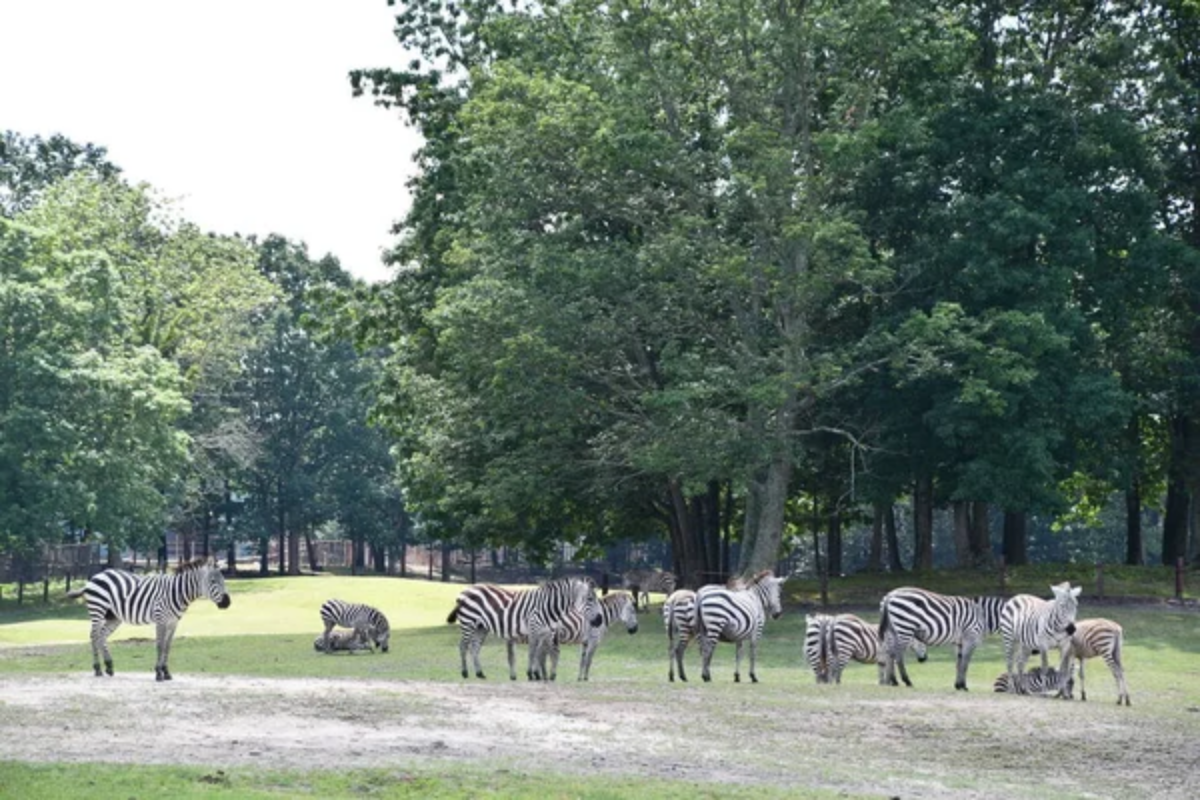
Jackson’s Great Adventure Safari covers 350 acres and includes over 1,200 animals representative of species from across the globe. The tour takes around 45 minutes as visitors drive through several continental zones, each designed to replicate specific ecosystems.
Elephants, rhinos, and big cats share space with dozens of hoofed animals in what constitutes a number of safaris in a single visit.
Olympic Game Farm – Washington
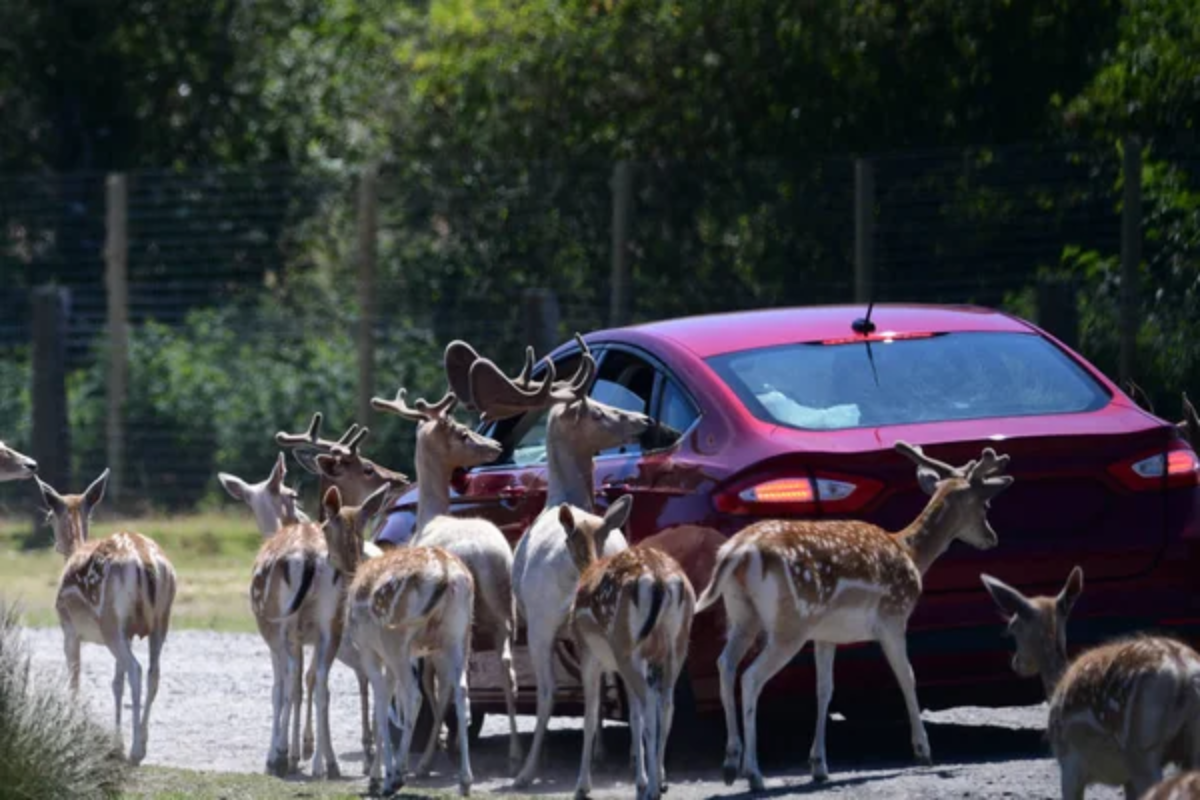
Originally established to provide Disney movies with animals, this Sequim center is now a drive-through wildlife adventure with exotic and domestic animals. For a fee, visitors can purchase bread in their car and feed bears, buffalo, and llamas while being educated on conservation and animal behavior.
The Hollywood background of the farm makes the educational wildlife experience a pleasurable one, too.
Arbuckle Wilderness – Oklahoma
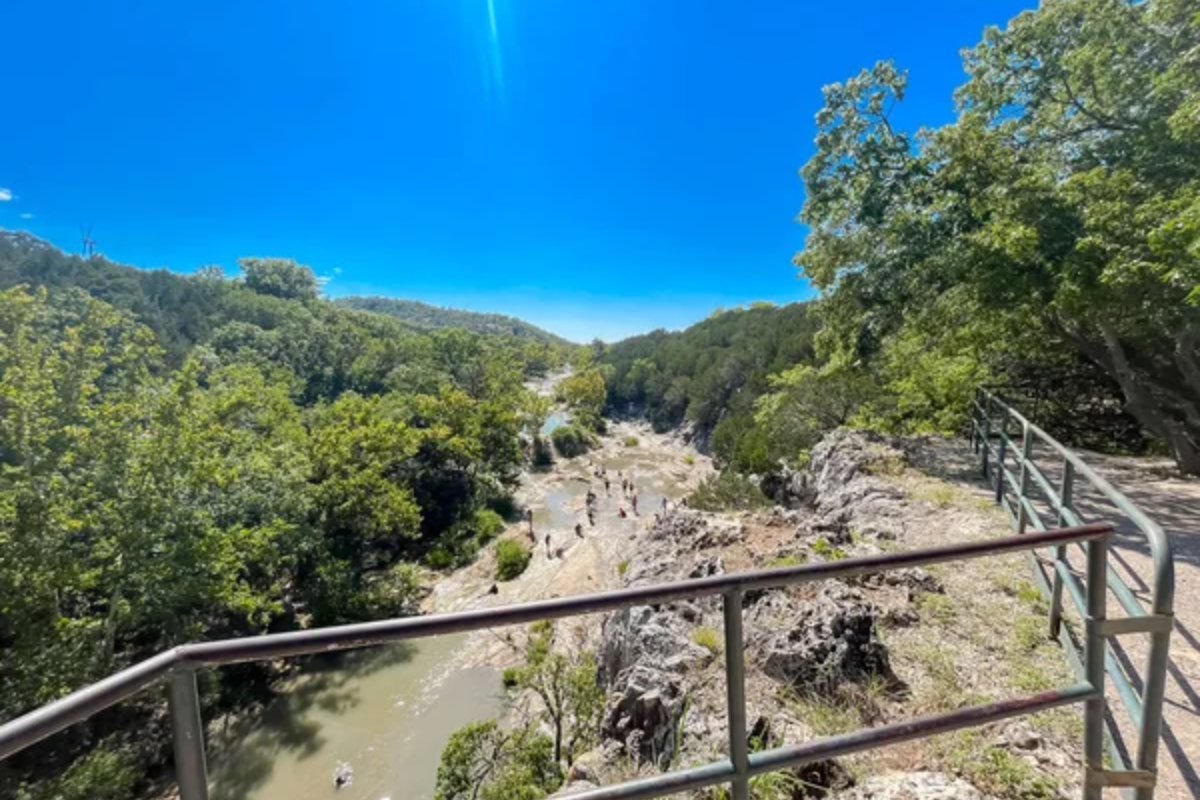
This safari park in the Davis area occupies 200 acres of rolling landscape on which visitors can drive among free-roaming creatures with scenic views of the Arbuckle Mountains in the background. There are African creatures like ostriches and zebras alongside North American wildlife like elk and bison.
The park’s petting zoo and reptile house also provide opportunities to interact with smaller creatures after completing the drive-through portion.
Like Travel Pug’s content? Follow us on MSN.
Virginia Safari Park – Virginia
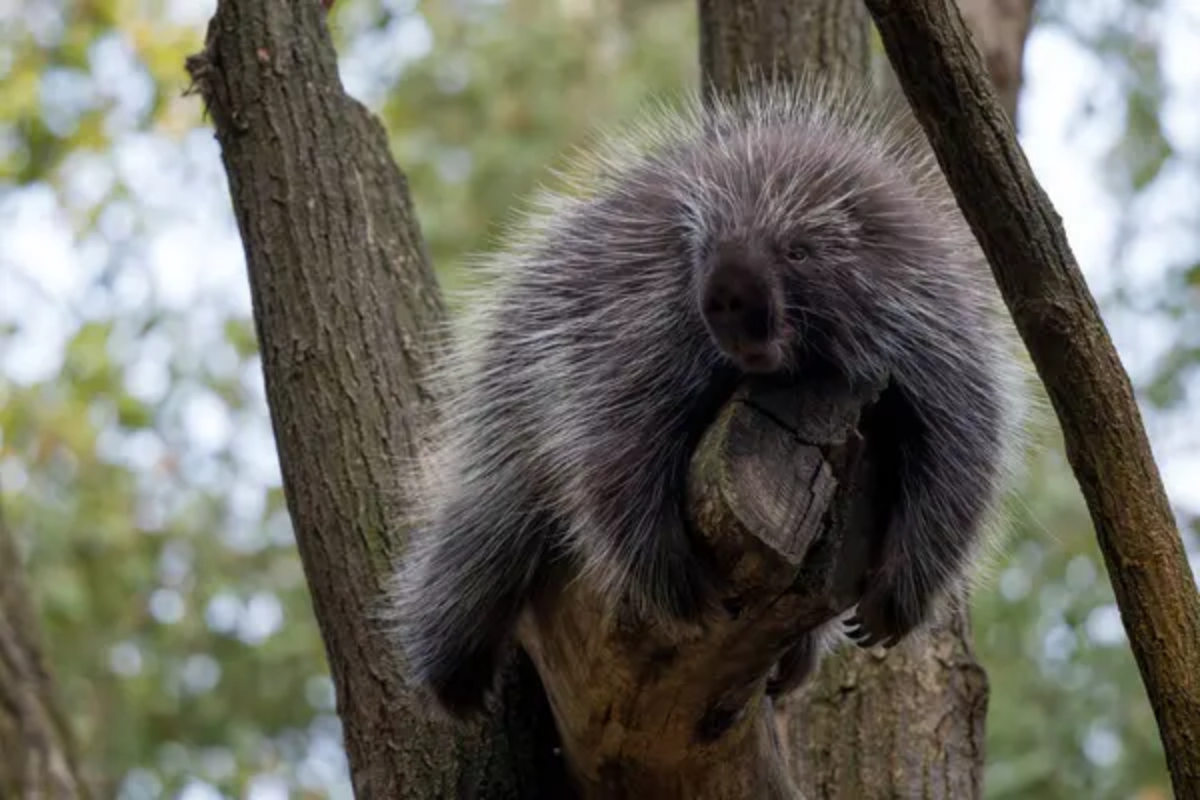
Natural Bridge’s safari park spans 180 acres of Shenandoah Valley landscape, over which over 1,000 animals roam in massive, naturalistic enclosures. The three-mile tour transports travelers through enclosures where small prairie dogs and giant Tibetan yaks live.
Visitors can purchase feed buckets to feed animals like giraffes and zebras, which enhances the experience even further.
Lazy 5 Ranch – North Carolina

This Mooresville ranch covers 185 acres, and visitors drive through pastures with over 750 animals from six continents. The tour emphasizes animal behavior, conservation, and up-close animal contact with rhinos, camels, and antelopes of various species.
The ranch emphasizes animal welfare using large enclosures and veterinary care that is up to or above the industry standard.
Wild Wilderness Drive-Through Safari – Texas
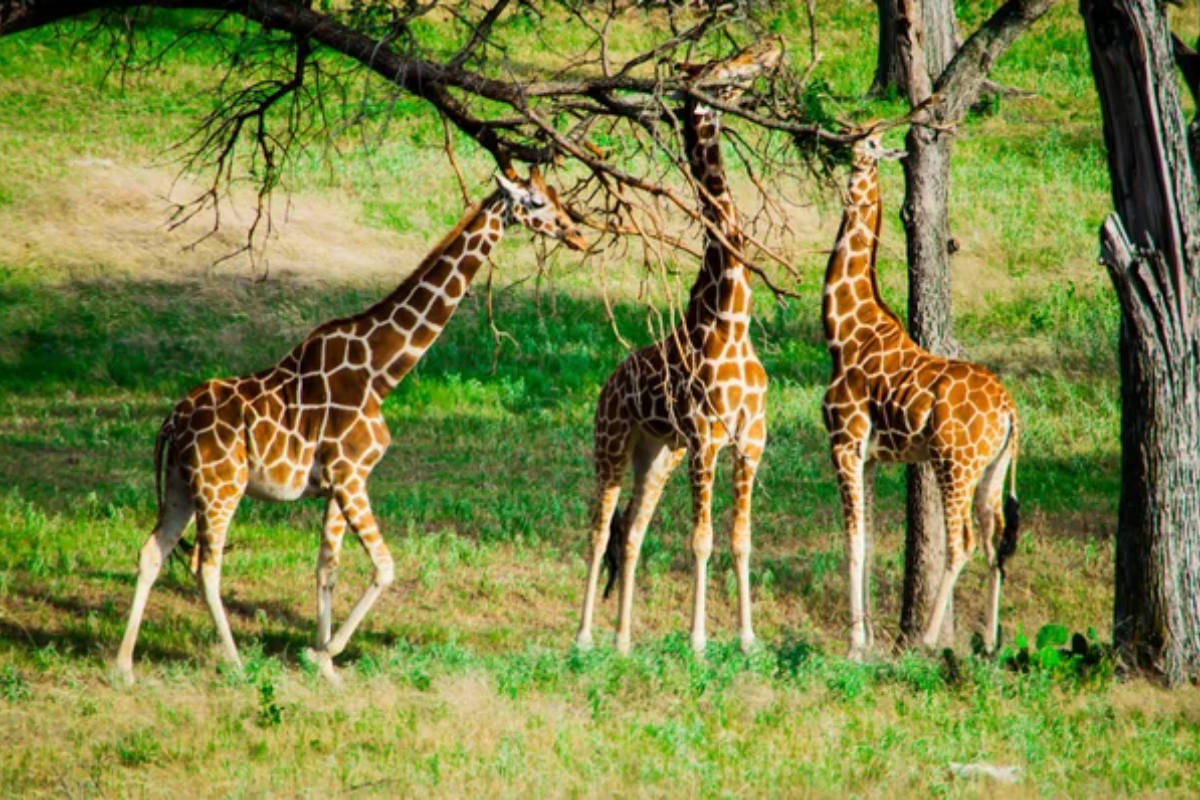
Gentry’s Wild Wilderness Drive-Through Safari features a 400-acre safari housing over 450 animals in naturalistic environments across the Ozark Mountains. The two-mile drive goes through several habitats where African and North American animals coexist as part of well-balanced ecosystems.
Programs focus on wildlife conservation and the preservation of natural habitats worldwide.
Like Travel Pug’s content? Follow us on MSN.
Exotic Resort Zoo – Kansas

Johnson’s Exotic Resort Zoo features a fun-filled safari adventure on 100 acres of Kansas plains. Over 200 animals are viewed in drive-through and walk-through environments. The zoo breeds endangered animals and has wildlife conservation educational classes.
Hands-on activities include bottle-feeding baby animals and guided tours where they get to know about the animals’ behavior and care.
Triple D Game Farm – Montana
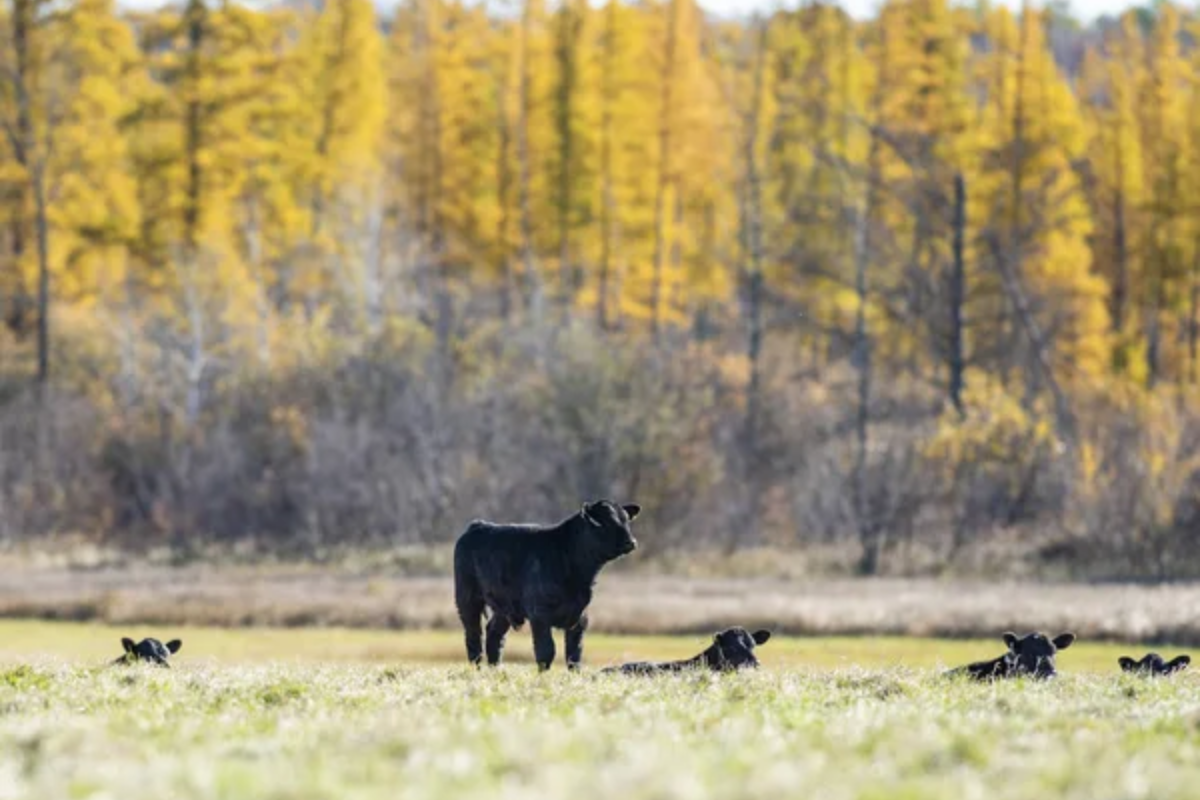
This Kalispell point of interest offers drive-through tours across 400 acres on which North American wildlife species graze in natural habitats beneath the Rocky Mountains. Elk, deer, and bison are observed by visitors in habitats that closely resemble their wild counterparts while they gain knowledge on ecosystems in the area.
The native species focus of the farm provides educational opportunities for learning about Montana’s wildlife heritage and conservation concerns.
Elmwood Park Zoo Safari – Pennsylvania

The Norristown drive-through experience covers 50 acres, where visitors can view over 300 animals belonging to different species from several continents. The compactness allows for close interactions with animals like kangaroos, emus, and other ungulates in high-tech enclosures.
Conservation initiatives emphasize the role of zoo-based conservation that corresponds with population preservation activities in the wild worldwide.
Like Travel Pug’s content? Follow us on MSN.
Sequoia Park Zoo – California
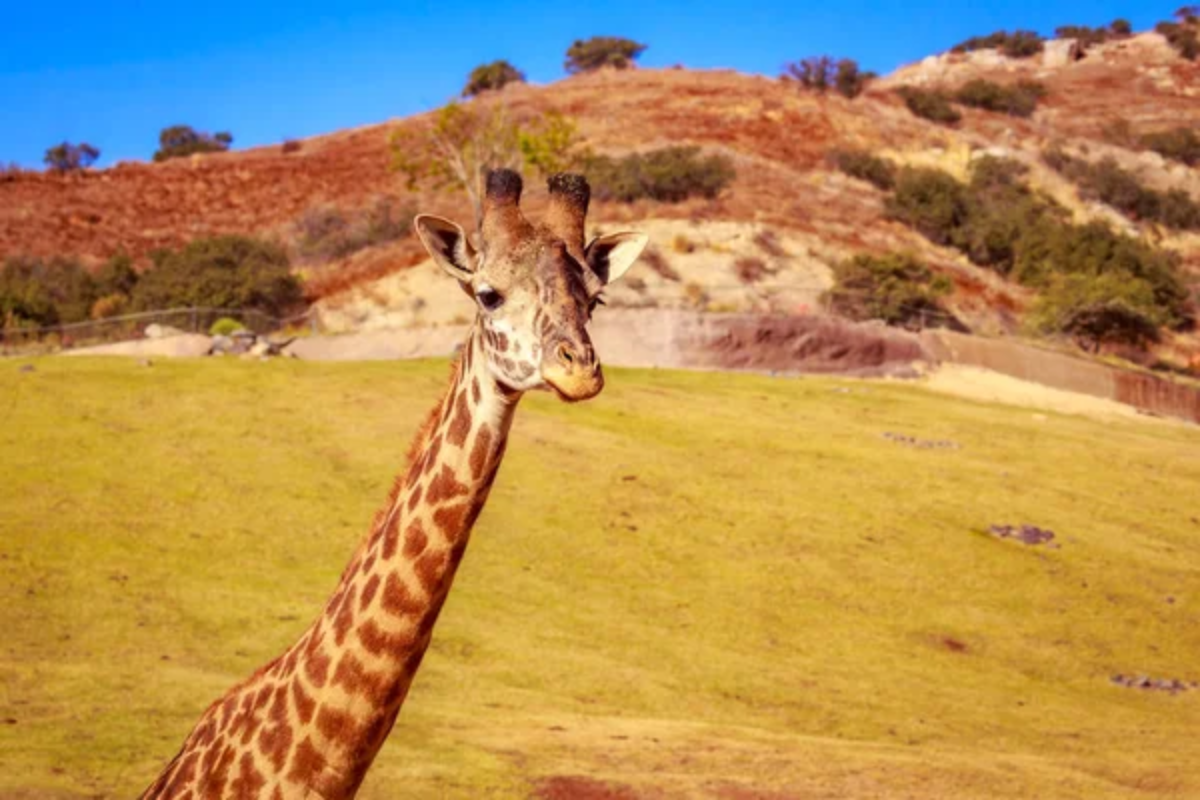
Eureka’s drive-through safari experience includes native California fauna blended with exotic animals in 5-acre naturalistic environments. The Redwood forest is a unique place to see animals like Roosevelt elk and black bears that occur in environments similar to their natural habitat.
Conservation education stresses protecting California’s biodiversity of ecosystems and the species dependent on them.
Zoo Montana – Montana
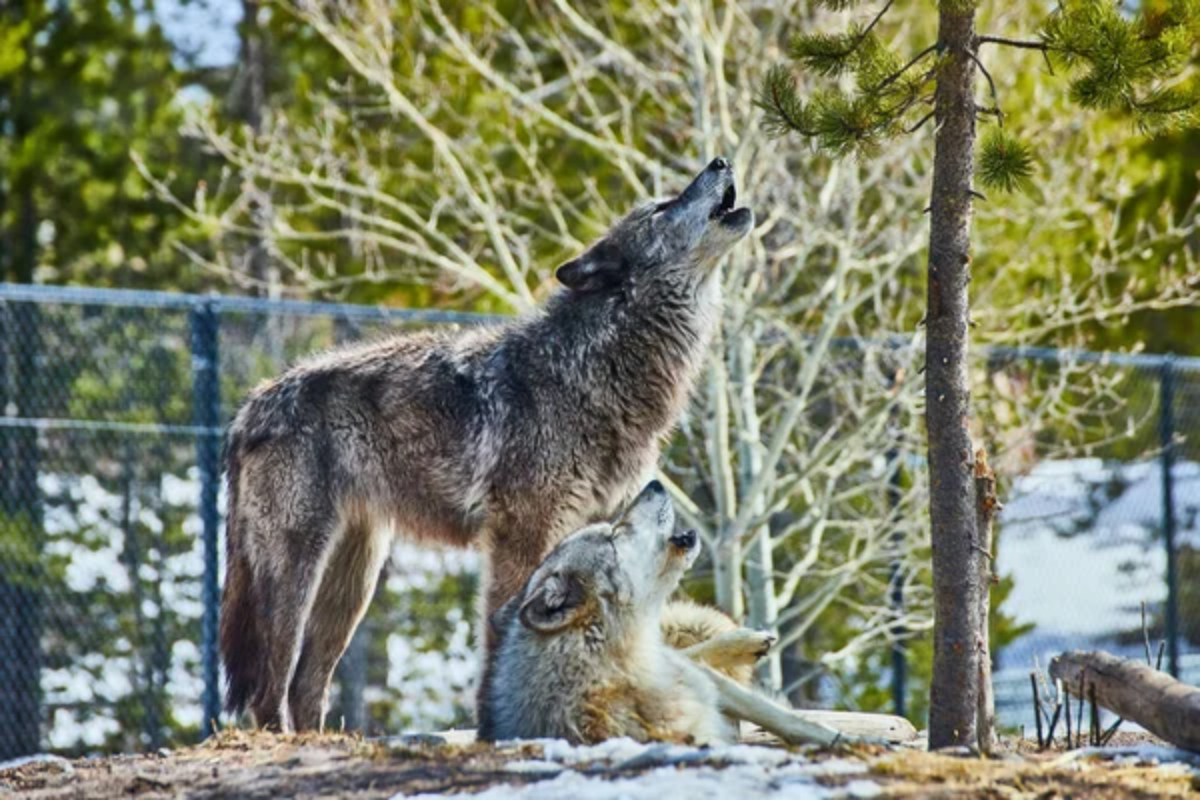
Billings’ Zoo Montana offers drive-through experiences with Indigenous Rocky Mountain wildlife in 70 acres of natural landscape. Travelers can observe animals like bighorn sheep, mountain lions, and gray wolves and learn about local conservation methods.
Rehabilitation programs within the center treat injured animals while sensitizing visitors about human-wildlife coexistence.
Sharkarosa Wildlife Ranch – Texas
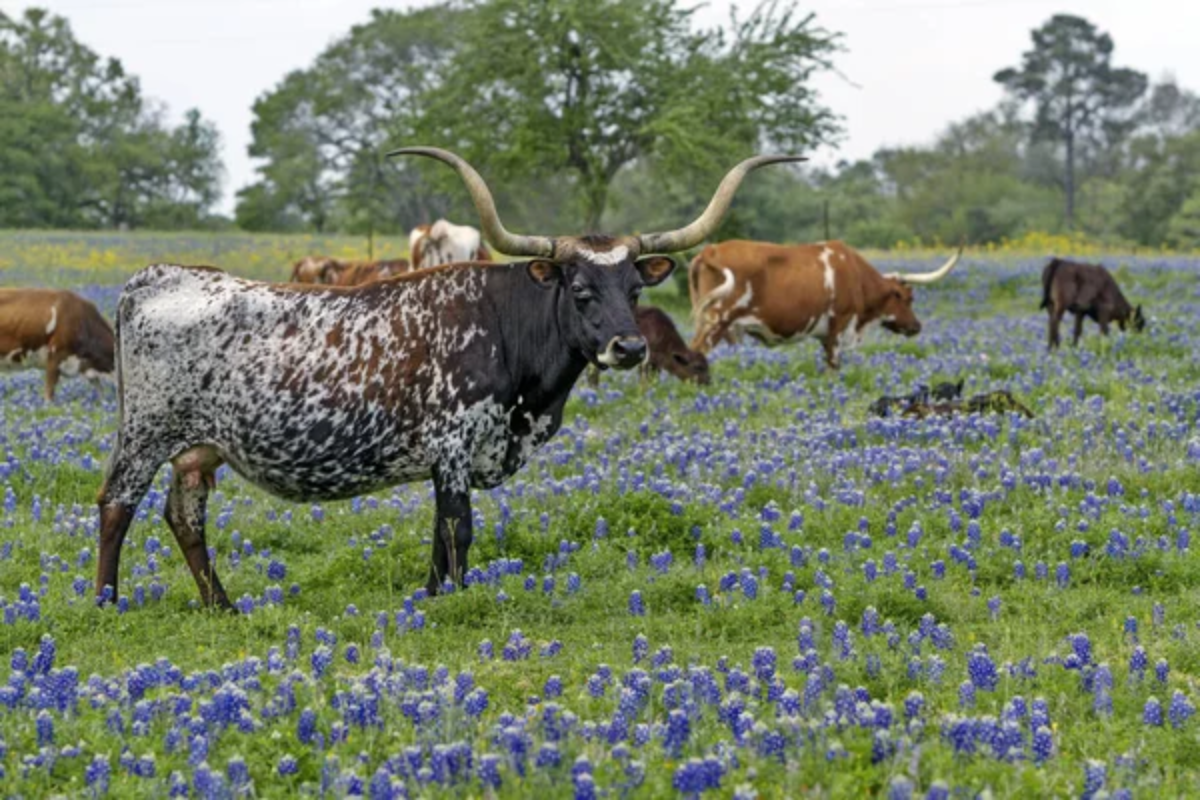
This 126-acre Pilot Point ranch is where visitors drive past over 100 species of animals in naturalistic enclosures across the plains of North Texas. Visitors can feed giraffes and observe big cats at close range during timed presentations.
Programs focus on the ranch’s activities as a conservation breeder and on the importance of protecting wildlife habitats worldwide.
Like Travel Pug’s content? Follow us on MSN.
Living Desert Zoo – California
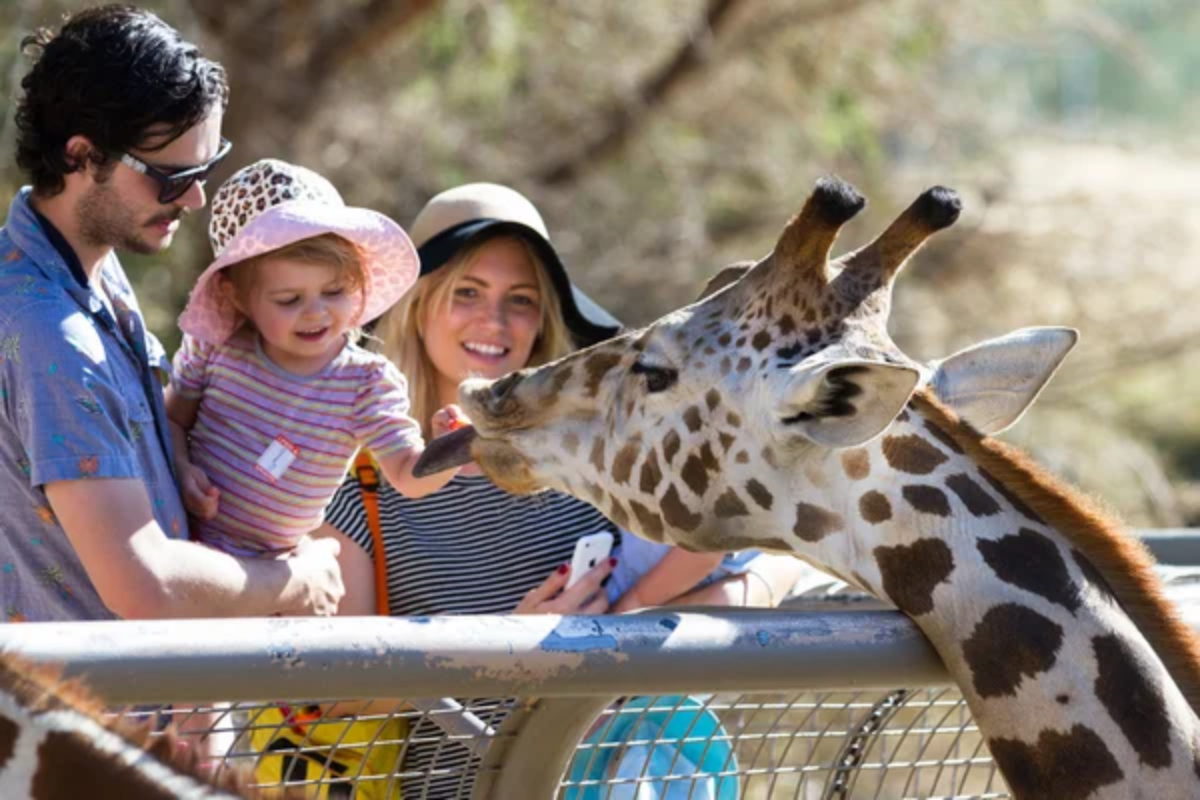
Palm Desert’s Living Desert combines drive-through exhibits with sophisticated walking trails complete with desert wildlife from around the world. The 1,800-acre facility has enclosures for animals like Arabian oryx, bighorn sheep, and other arid-adapted animals.
The conservation activities are focused on safeguarding arid ecosystems and related specialized fauna occurring in deserts.
Bear Country USA – South Dakota
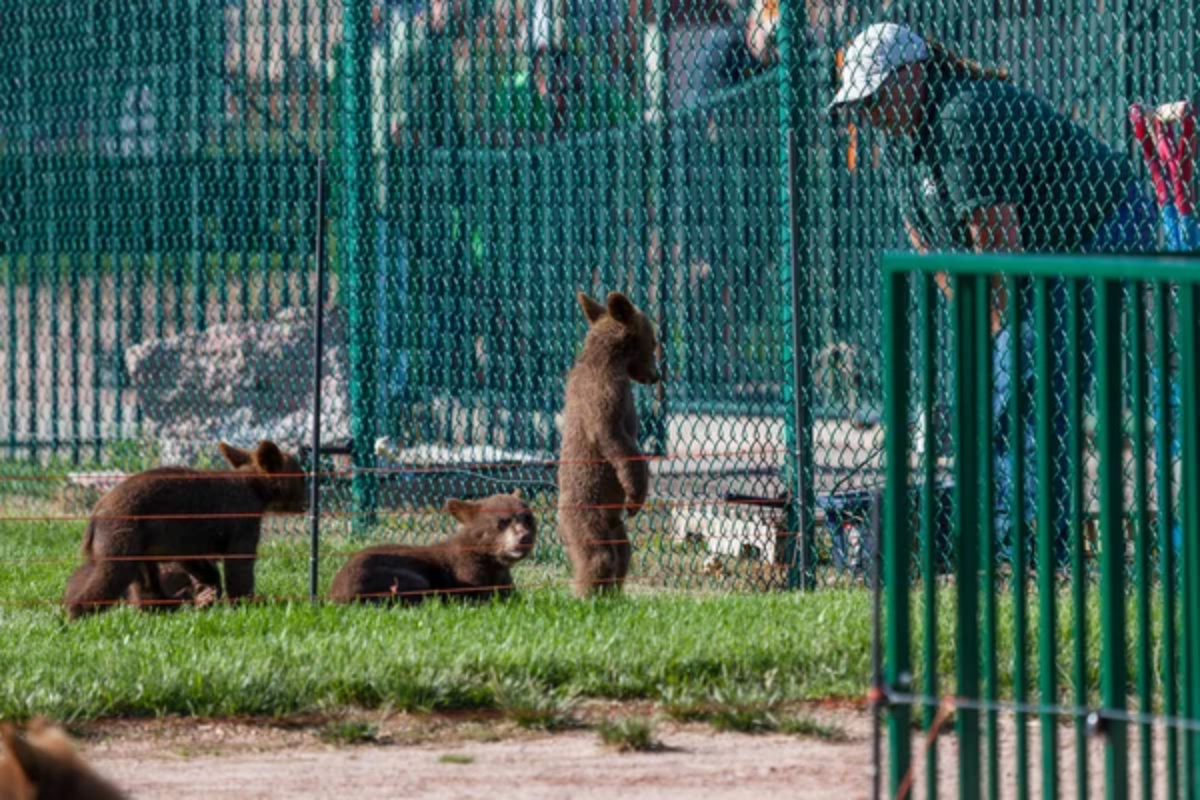
This Rapid City sight features drive-through experiences of North American wildlife in the Black Hills. The three-mile drive is through habitats inhabited by black bears, elk, and mountain lions in large, naturalistic habitats.
Educational programs focus on the need for wildlife corridors and habitat preservation for large mammals.
Out of Africa Wildlife Park – Arizona
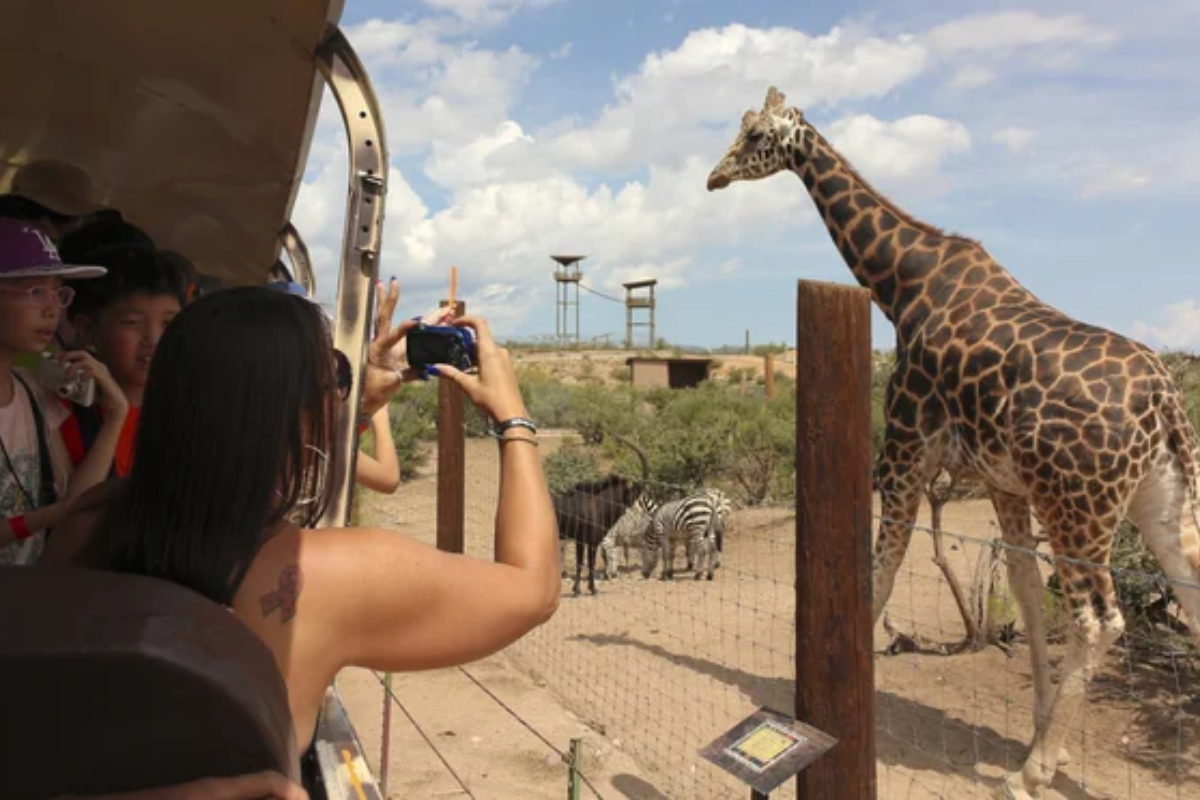
Camp Verde’s Out of Africa provides drive-through safari adventures with African animals in the high desert of Arizona. The 400-acre park houses lions, giraffes, and other antelope breeds in habitats that replicate African environments.
Hands-on programs allow guests to help with animal care while learning about wildlife conservation issues present on an international level.
Like Travel Pug’s content? Follow us on MSN.
Wild Encounters on America’s Highways
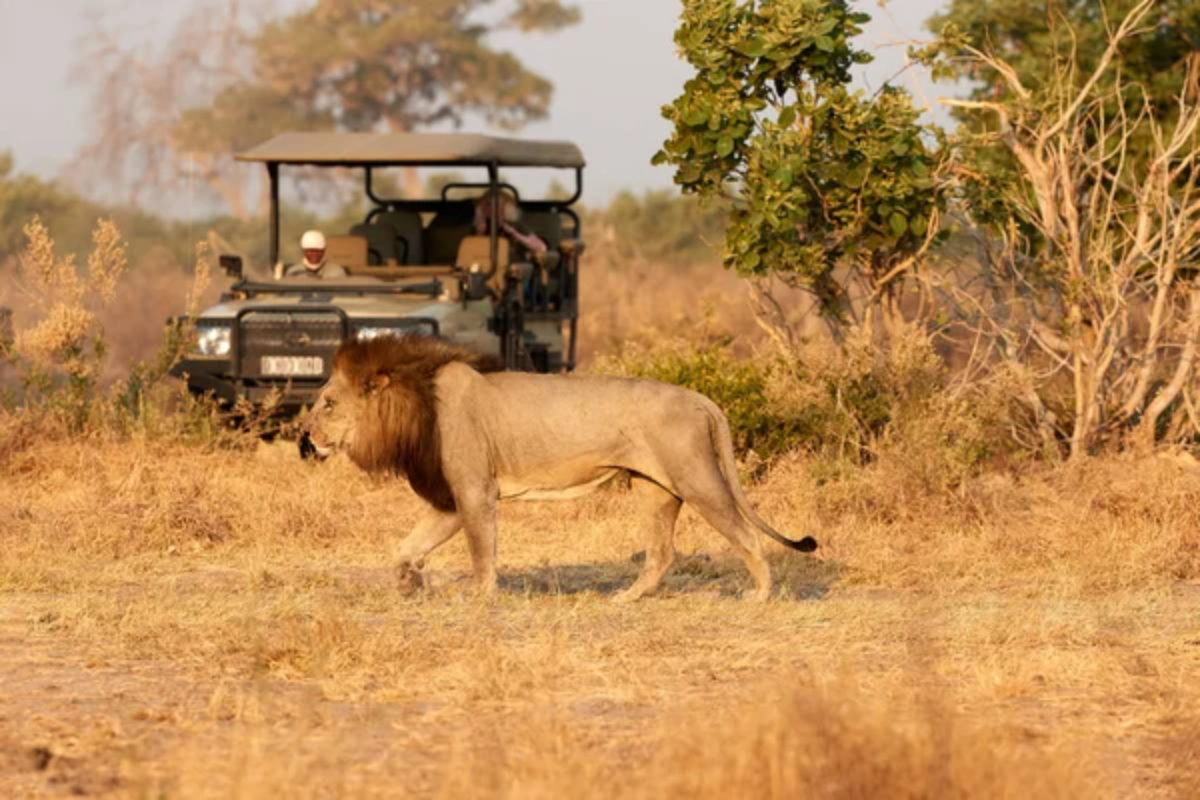
These drive-through safaris are a uniquely American answer to wildlife education, combining our love of cars and our interest in overseas animals. The majority of these parks began as mid-20th-century roadside attractions but have since turned into serious conservation societies working to preserve wildlife across the globe.
The convenience of observing animals from the safety of your vehicle makes these encounters accessible to visitors of all ages and physical ability, unveiling wildlife experiences previously the preserve of expensive travel overseas. The contemporary drive-through safaris find the middle ground between learning and amusement, creating memories to inspire the next generation of conservationists while supporting important research and breeding programs to guarantee that these amazing creatures will thrive for generations to come.
More from Travel Pug

- 20 Best Beach Towns in the Carolinas
- 13 Destinations Where Tourists Regularly Regret Their Trip
- 20 Destinations That Are More Magical Without an Itinerary
- 20 Underrated Adventures That Belong on Your Travel List
- 20 Cities Where You Should Just Wing It, No Planning Required
Like Travel Pug’s content? Follow us on MSN.
